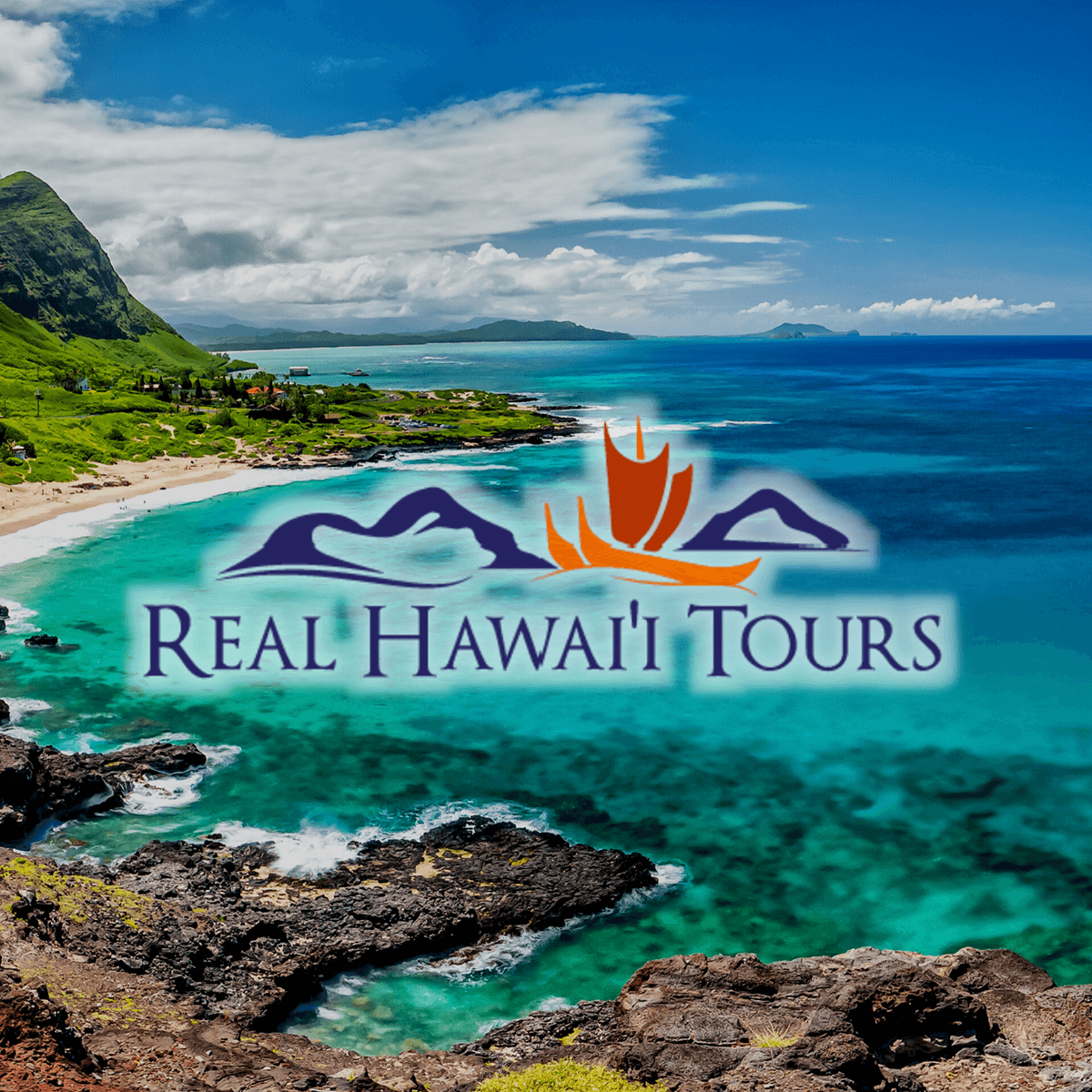Guided tours for seniors are experiencing a surge in popularity, offering enriching experiences tailored to the specific needs and interests of older adults. These tours go beyond simple sightseeing, providing opportunities for cognitive stimulation, physical activity, and social interaction, all while prioritizing accessibility and safety. From historical explorations to nature walks and culinary adventures, the options are diverse and cater to a wide range of preferences.
The careful planning involved ensures a comfortable and enjoyable experience. Tour operators are increasingly incorporating features like manageable paces, convenient transportation, frequent rest stops, and accessible restroom facilities. Furthermore, effective communication strategies, including storytelling and interactive elements, enhance engagement and create a memorable journey for participants.
Tour Logistics and Planning
Careful planning is paramount for ensuring a successful and enjoyable guided tour experience, especially when catering to the specific needs and preferences of senior citizens. Factors such as pace, accessibility, and rest periods must be meticulously considered to create a memorable and comfortable journey. This section details key logistical aspects and strategies for optimizing the tour experience for seniors.
Sample One-Day Itinerary for Seniors
This sample itinerary prioritizes manageable travel times, shorter activity durations, and ample rest periods. The focus is on a balance of engaging activities and relaxation to prevent fatigue.
8:00 AM – 8:30 AM: Meet and greet at designated location. Light refreshments and introductions. Time for participants to settle in and socialize.
8:30 AM – 9:30 AM: Scenic coach ride to the first destination (e.g., a botanical garden or historical site with easy accessibility). The route should be carefully chosen to minimize jarring movements.
9:30 AM – 11:00 AM: Guided tour of the first location. The tour guide should maintain a moderate pace and provide frequent rest stops. Emphasis should be placed on comfortable seating arrangements and easy access to restrooms.
11:00 AM – 11:30 AM: Relaxation break with light refreshments (e.g., coffee, tea, and pastries) at a comfortable location within the site.
11:30 AM – 1:00 PM: Lunch at a restaurant with comfortable seating and accessible restrooms. The menu should cater to various dietary needs.
1:00 PM – 2:30 PM: Travel to the second location (e.g., a museum with accessible facilities or a scenic viewpoint with easy access). Again, a comfortable and smooth ride is crucial.
2:30 PM – 4:00 PM: Guided tour of the second location, following a similar format as the first. The guide should engage participants actively and cater to individual questions.
4:00 PM – 4:30 PM: Relaxation break and opportunity for souvenir shopping (optional).
4:30 PM – 5:30 PM: Return journey to the designated drop-off point.
Effective Communication Strategies for Engaging Seniors, Guided tours for seniors
Engaging seniors effectively requires a thoughtful approach that considers their life experiences and communication preferences. Storytelling, interactive elements, and opportunities for group discussion are particularly effective.
Storytelling can create a powerful connection, bringing history and places to life in a relatable way. Interactive elements, such as quizzes or light-hearted trivia related to the tour’s theme, can enhance engagement. Facilitating group discussions allows seniors to share their own experiences and perspectives, fostering a sense of community and enriching the learning experience. Using clear, concise language, avoiding jargon, and speaking at a moderate pace are also essential.
Visual aids, such as photographs or short videos, can supplement the narrative and enhance comprehension.
Potential Challenges and Solutions for Senior Tours
Planning tours for seniors requires anticipating and addressing potential challenges related to mobility, dietary needs, and medical conditions.
A proactive approach is crucial to ensure a safe and enjoyable experience for all participants. Thorough pre-tour communication is vital to gather information on individual needs and preferences. For example, detailed questionnaires can be used to identify mobility issues, dietary restrictions, and any medical concerns. This information can then be used to tailor the itinerary and make necessary arrangements.
The use of accessible transportation, clearly marked routes, and readily available assistance can significantly improve the experience for participants with mobility challenges. Dietary restrictions can be easily addressed through pre-arranged meal plans that accommodate specific requirements. Having a first-aid kit readily available and access to medical professionals if necessary, along with clear emergency procedures, is also crucial.
Pricing and Value: Guided Tours For Seniors

The market for senior-focused guided tours is experiencing significant growth, driven by an aging population with increased disposable income and a desire for enriching travel experiences. Understanding pricing strategies and creating a compelling value proposition are crucial for tour operators aiming to capture this market segment. This analysis examines pricing models, influential factors, and strategies for maximizing value perception among senior travelers.Pricing strategies among different tour operators catering to seniors vary considerably, reflecting differing levels of service, trip duration, and target demographics.
Several key factors influence these decisions. Tour length, for example, directly impacts costs associated with accommodation, transportation, and guide services. The inclusion of premium services, such as private transportation, luxury accommodations, or specialized excursions (e.g., museum access, private dining), significantly increases pricing. Group size also plays a role; larger groups often benefit from economies of scale, resulting in lower per-person costs.
Pricing Factors and Strategies
Tour length directly impacts the overall cost. Shorter tours, typically weekend getaways or 3-4 day excursions, generally command lower prices than extended trips of 10 days or more. Similarly, the inclusion of premium services like private airport transfers or five-star hotel accommodations substantially increases the tour price. Conversely, tours with a focus on budget-friendly options, such as utilizing hostels or guesthouses, and relying on public transport, result in more affordable options.
Finally, economies of scale can significantly impact pricing; larger tour groups often negotiate better rates with vendors, allowing for lower per-person costs. For instance, a tour operator booking a large block of hotel rooms will typically receive a group discount, which can be passed on to the customers.
Creating a Strong Value Proposition
A successful value proposition emphasizes the unique benefits and experiences offered to senior travelers. This goes beyond simply listing included services; it’s about showcasing the overall value and experience. For example, instead of simply stating “includes transportation,” a strong value proposition might emphasize “comfortable, climate-controlled motorcoach transportation with frequent rest stops,” appealing to the specific needs and concerns of senior travelers.
Similarly, highlighting the expertise of senior-friendly guides, emphasizing accessible tour routes and accommodations, and offering tailored itineraries that accommodate physical limitations can all enhance the perceived value. Marketing materials should clearly communicate these benefits, using testimonials and high-quality visuals to build trust and credibility.
Inclusive Pricing Models
Catering to diverse senior budgets requires flexible pricing models. Discounts for early bird bookings, group rates for couples or friends traveling together, and payment plans can make tours more accessible. Consider offering tiered pricing options, with a basic package including essential services and premium packages offering added luxury or specialized experiences. Examples include offering a “budget-friendly” option that uses public transportation and simpler accommodations, a “standard” package with comfortable transportation and mid-range hotels, and a “luxury” package with private transportation and upscale hotels.
Clearly outlining the differences between these tiers and the value they offer is crucial for transparency and customer satisfaction. For example, a 10% discount for bookings made 6 months in advance, or a 5% discount for groups of four or more, can significantly impact affordability. Offering payment plans, such as splitting the total cost into installments over several months, can further alleviate financial pressure for senior travelers.
The rise of guided tours designed specifically for seniors represents a significant shift in the travel industry, recognizing the growing demand for accessible and enriching travel options for older adults. By prioritizing safety, accessibility, and engaging experiences, these tours offer invaluable opportunities for cognitive and physical well-being, social connection, and the creation of lasting memories. The future of senior travel appears bright, with continued innovation and expansion in this increasingly popular sector.
Browse the multiple elements of cheapest cruise line to gain a more broad understanding.



